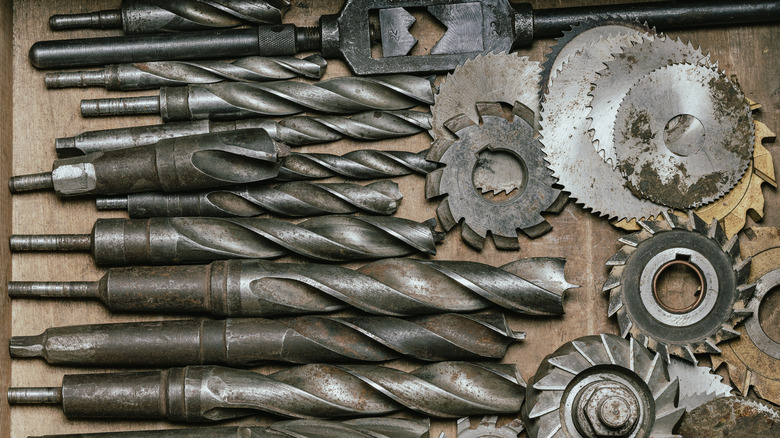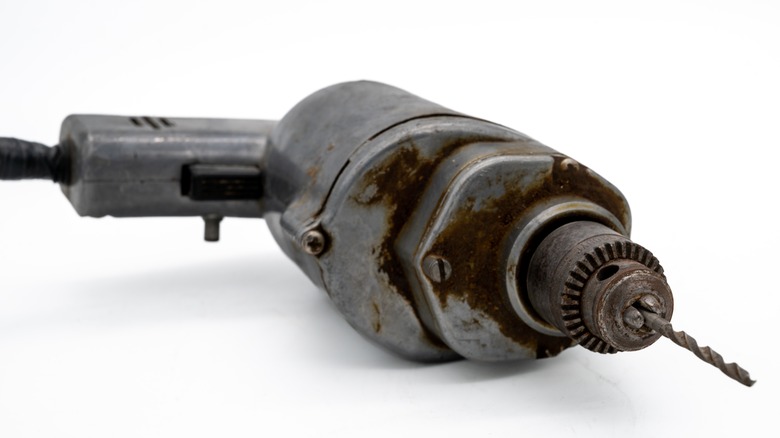The One Way Vintage Power Tools Still Outperform Their Modern Counterparts
It's hard to not find some level of appeal in vintage tools. Whether you find charm in their classic designs or see the value in chronicling the evolution of mankind's ingenuity, a vintage or antique tool of any kind always makes for a special find, no matter where you get it. However, for some tool enthusiasts, the merit of these unique items goes far beyond their aesthetic.
It's not uncommon to hear from longtime tool users that old tools harbor greater functionality than those made in the modern day and age. It's easy to chalk this mindset up to nostalgia goggles, believing the way things were in the past is automatically superior to the current era. After all, if old tools were so perfect the way they were, why did we refine them over time?
Now, we won't sit here and tell you that a Milwaukee workshop tool from 1974 possesses functionality equivalent or greater than one from 2024. Newer tools have adapted to fit the demands of modern-day society, meaning more vintage models aren't as likely to fulfill your needs. Nevertheless, the stellar reputation older tools have among hardcore enthusiasts can be credited to one distinct advantage that these antique items have over their contemporaries.
Vintage tools were made to last
Nothing truly lasts forever, but many old tools might be proving that statement wrong. While newer power tools typically beat older ones in terms of ergonomics and convenience, the durability of many vintage power tools remains unmatched.
This is largely thanks to the materials used in old tools. Before becoming widely available to the public, power tools demanded more durability, as they were primarily being developed and used by experts for specific tasks. As a result, a good amount of vintage power tools you'll find made before the late 1950s were made entirely using heavy-duty metal, increasing their longevity, with some of the best and most valuable tools from these early eras still going strong to this day.
It wouldn't be until companies developed more consumer-friendly products that power tools made out of plastics and fiberglass started becoming the norm. As these tools — and the companies associated with them — garnered more mainstream popularity, reliability and convenience became more crucial factors to a tool's construction than its strength.
Of course, an entirely metal power tool comes with its fair share of downsides. They are generally heavy and bulky, making the user more prone to fatigue on longer jobs. These kinds of tools can also pose the potential risk of shorting out and causing harm to the user. But if you're someone who values durability in a power tool above all else and are well-aware of its limitations, then the right vintage power tool can quickly become your new best friend.

